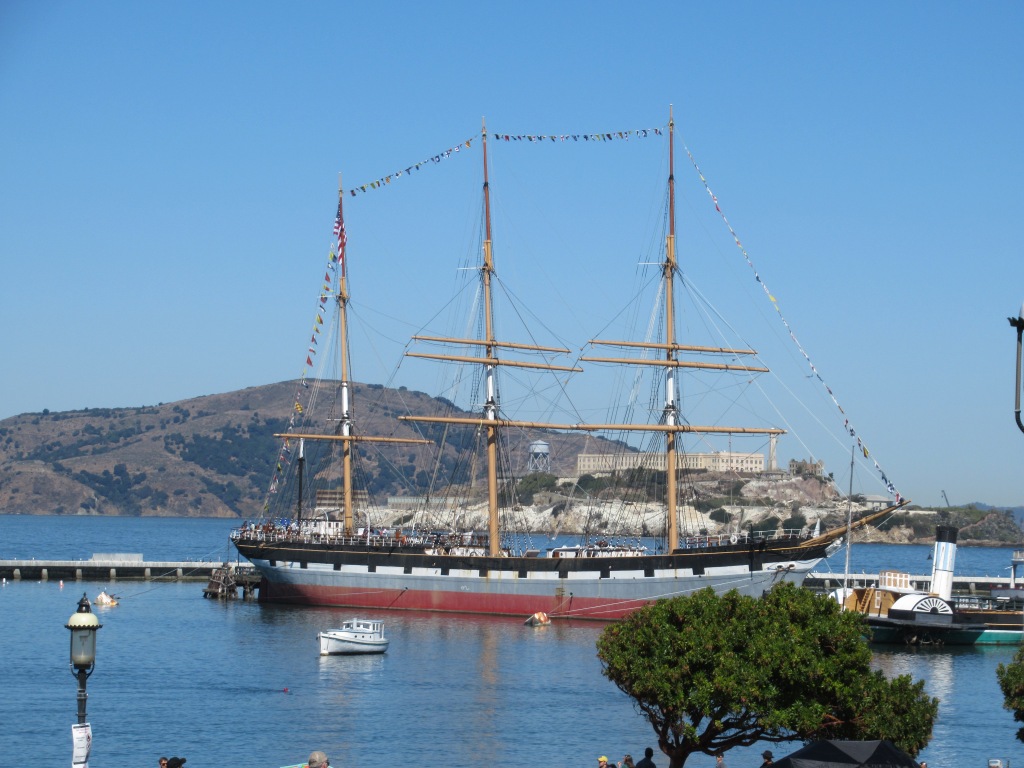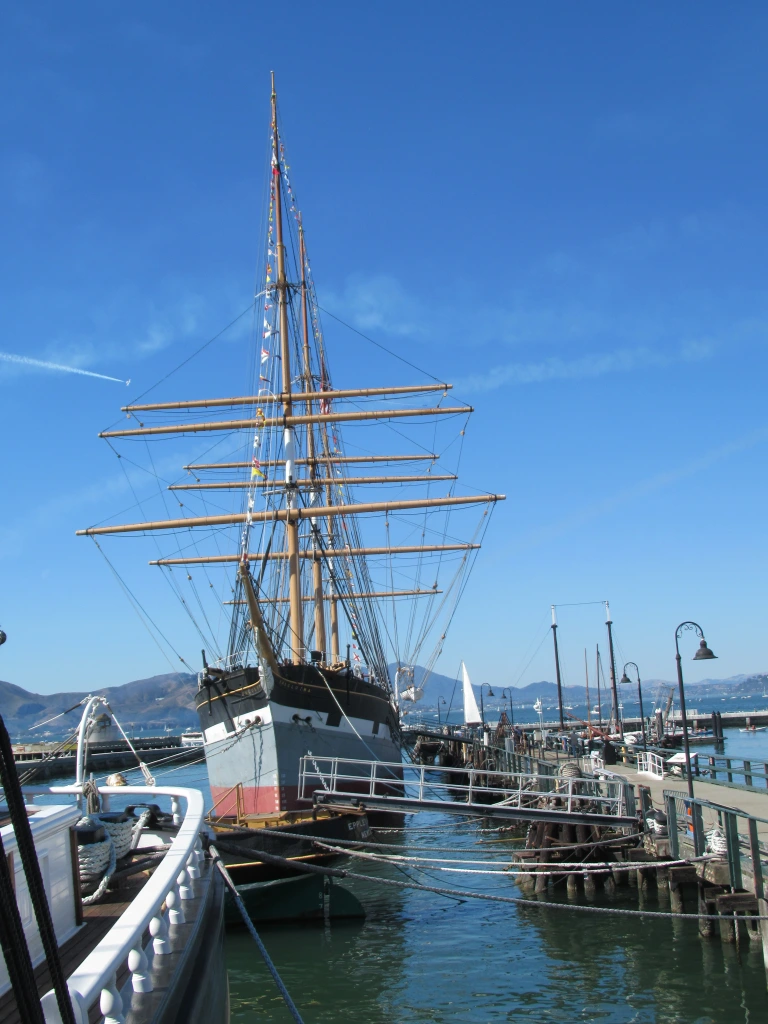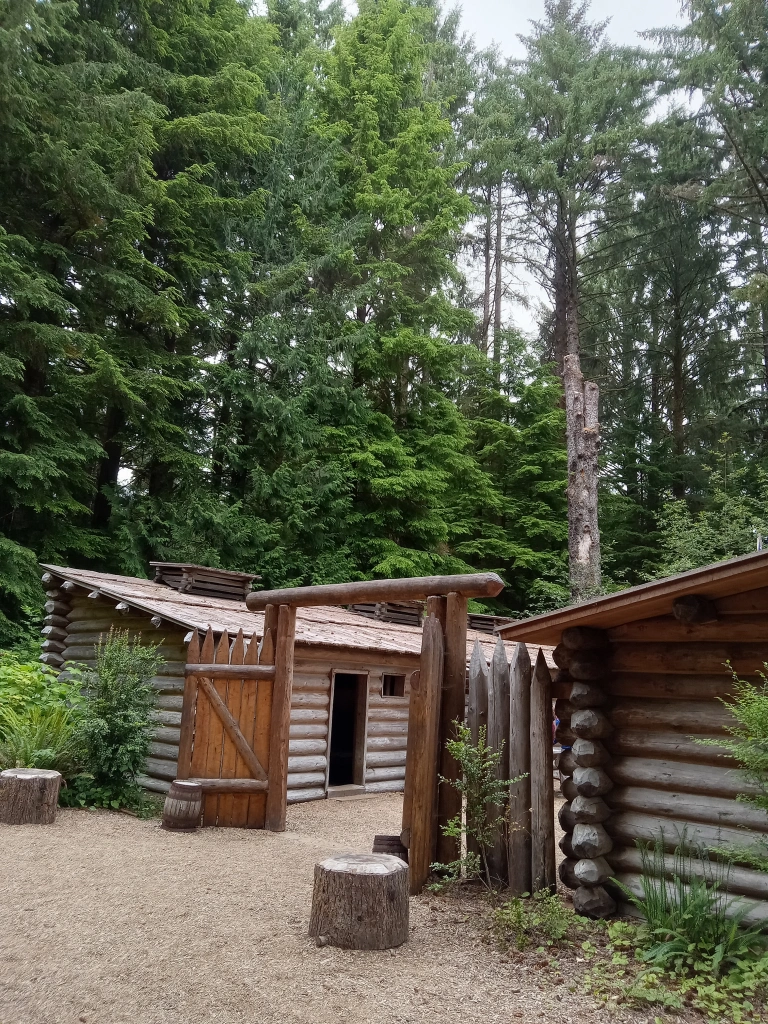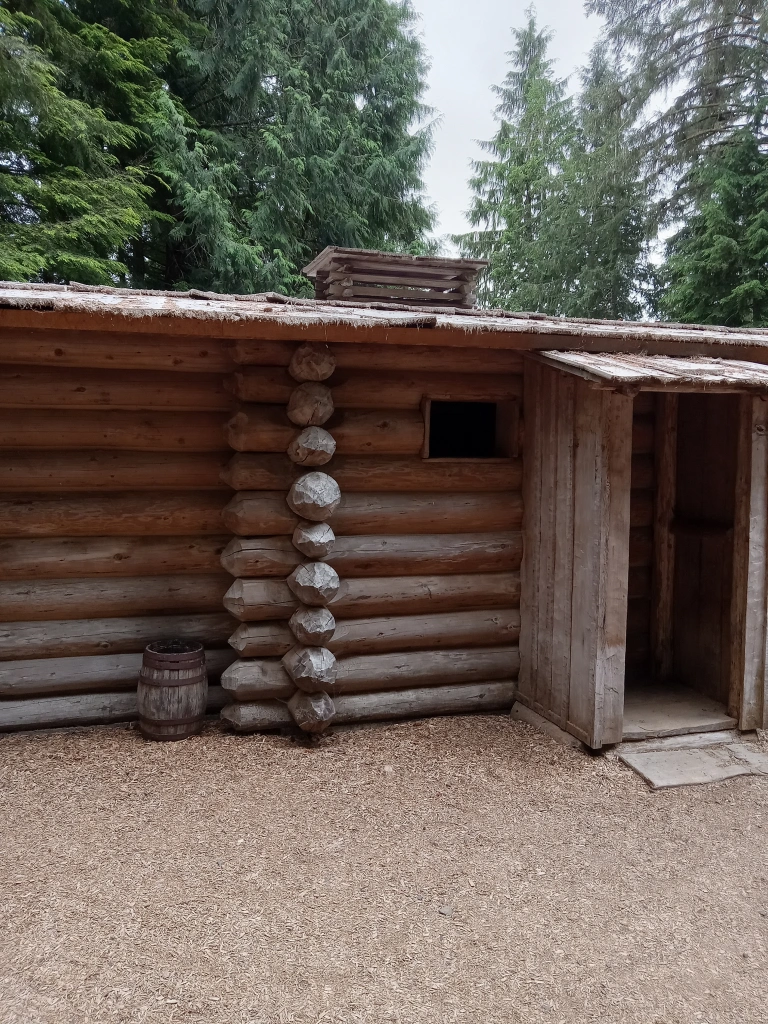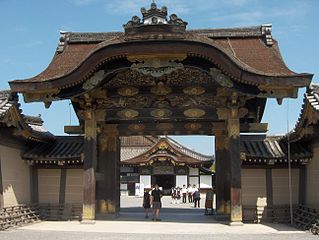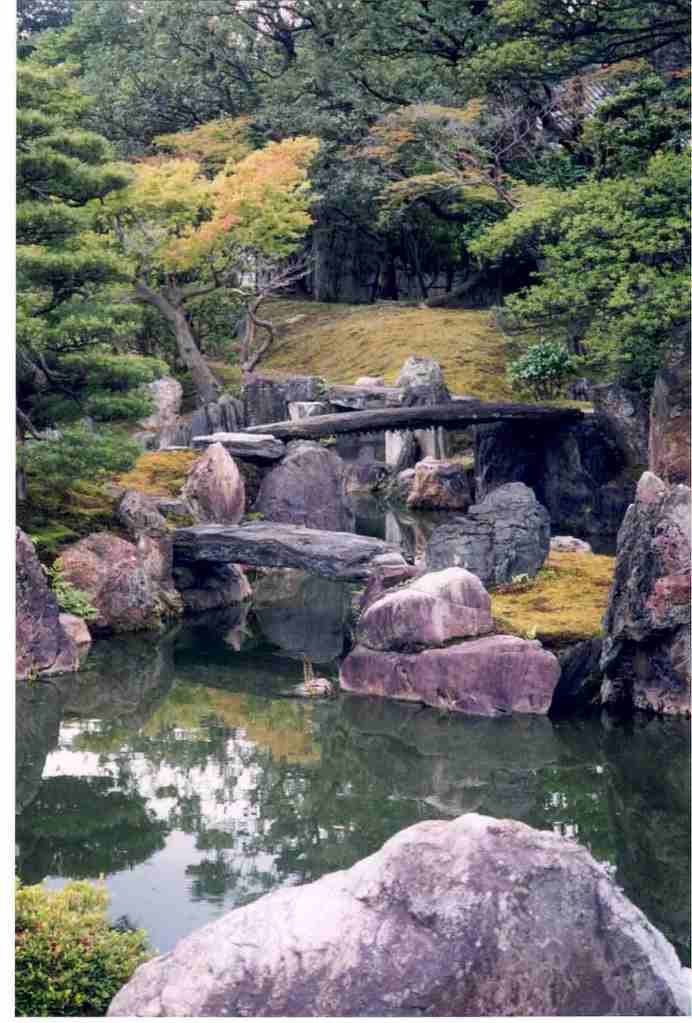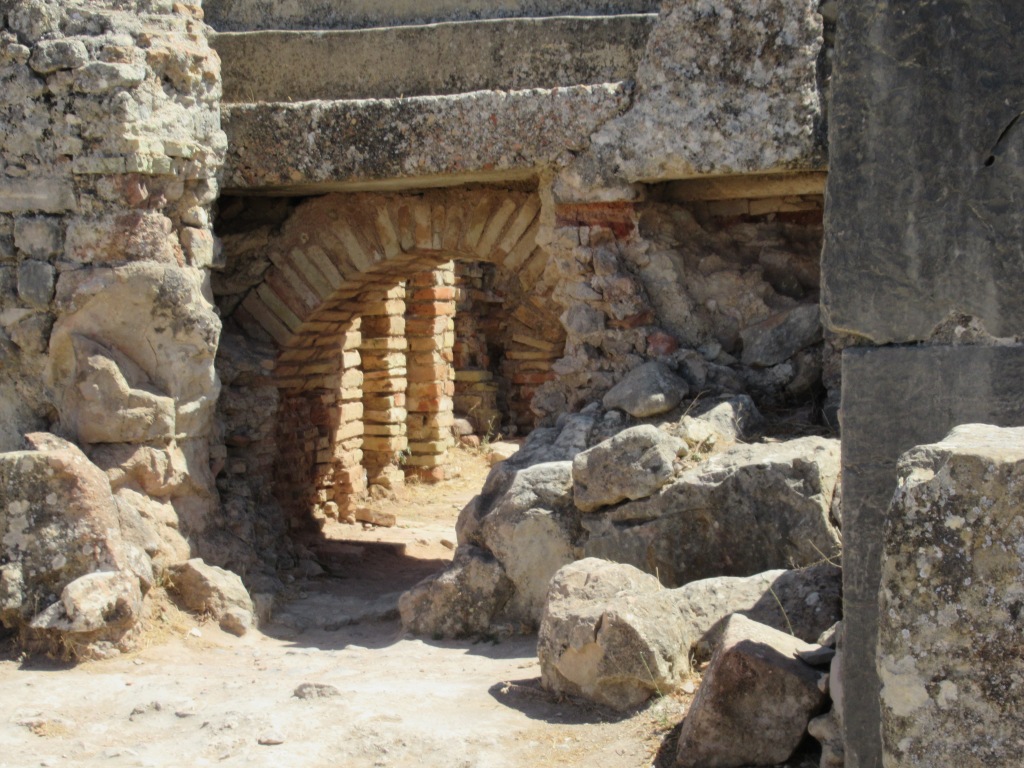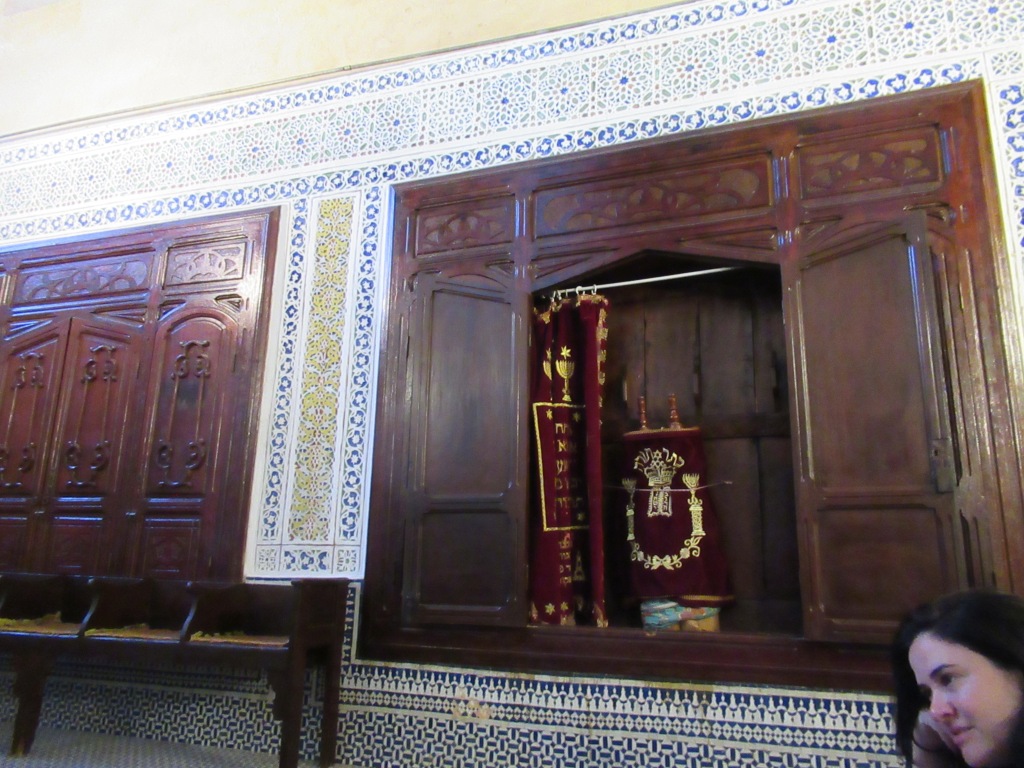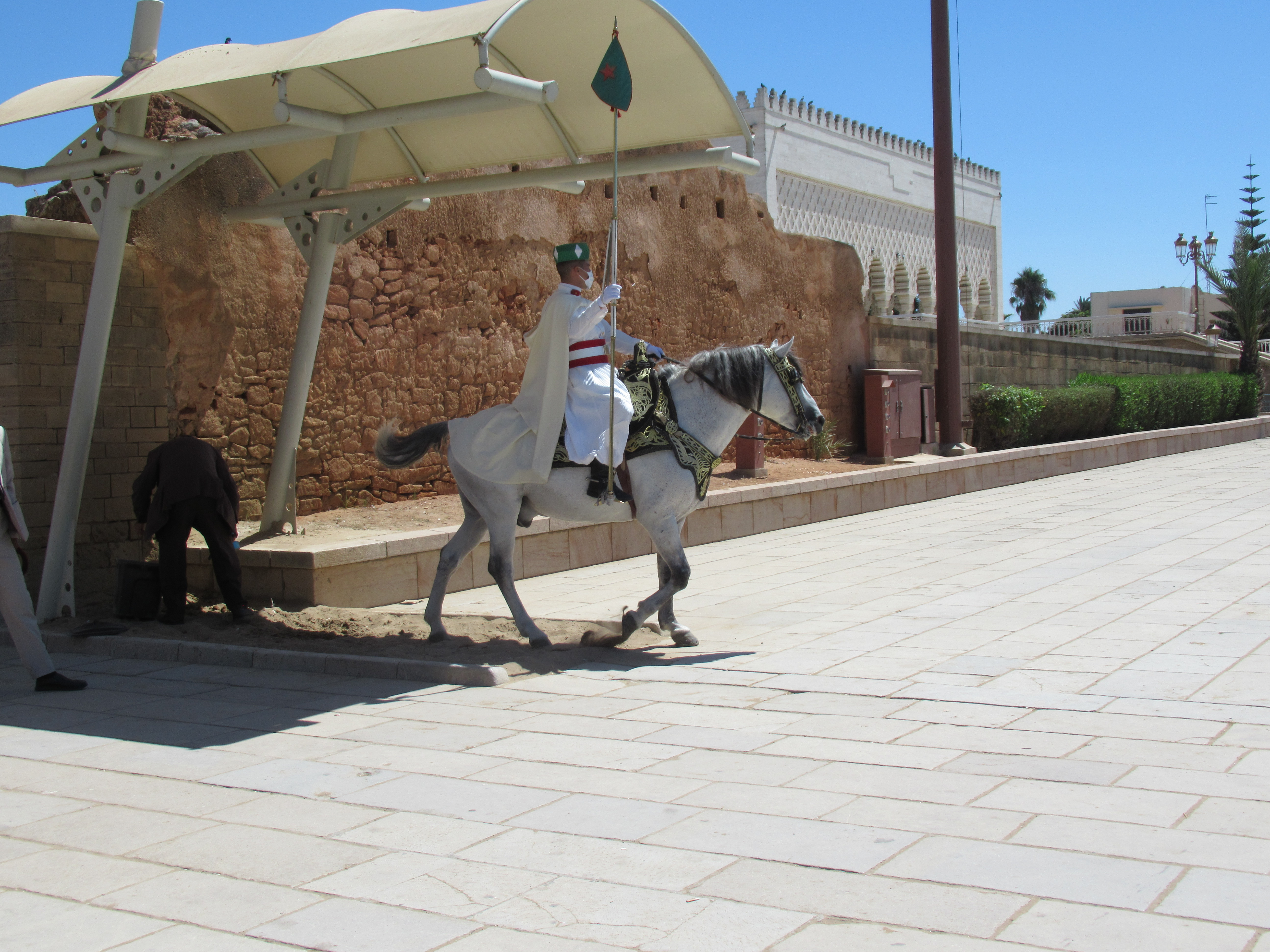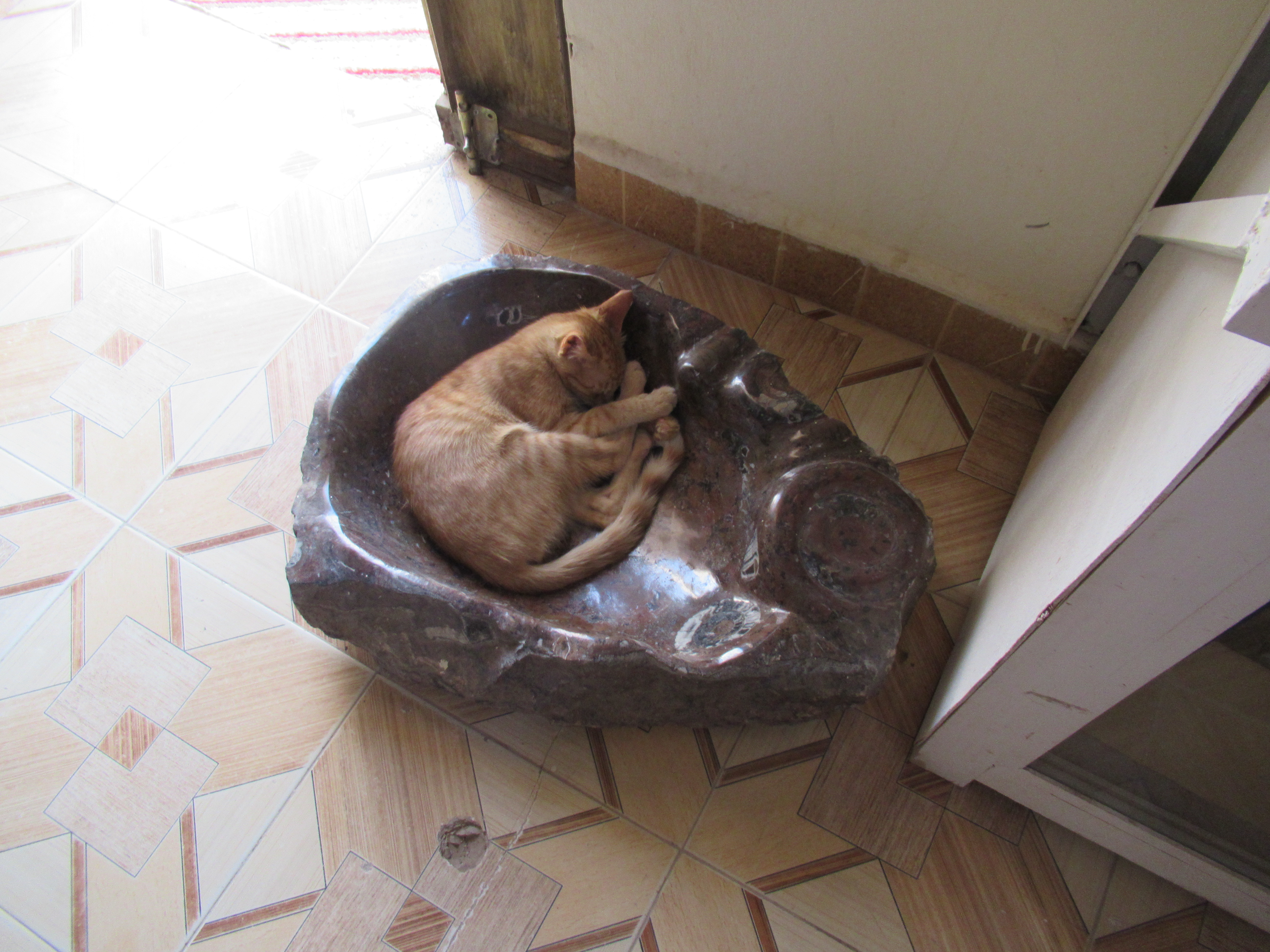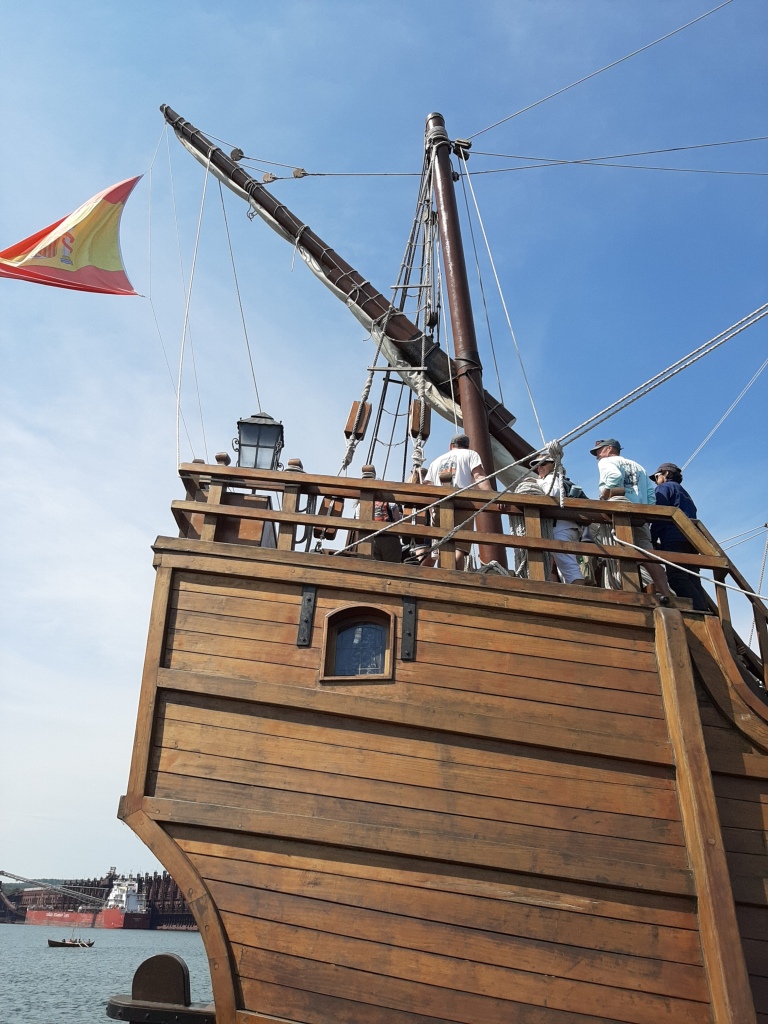
Before the modern roads and cars criss-crossed the country, before the railroad connected the east and west, even before the famed Pony Express dashed across the deserts, there was the Butterfield Overland Stage route, a series of stations linking the two halves of the nation. The Pinery is one such station in what is now Northern Texas.It is located at the top of Guadalupe Pass, in what is now Guadalupe Mountain National Park, with a view of Guadalupe Peak, the highest point in Texas.
The crumbling stone building is not much to look at now, but for a brief time, this place was an important stop on the Butterfield Overland Stage route. John Butterfield set up the route to skirt south of the Rocky Mountains, so that mail could be delivered year-round. The Route, from St. Louis to San Francisco, opened in 1858 and ran until the start of the Civil War. It was some 2,800 miles long, with about 200 stations along the way. This station here at the Pinery was closed in 1859, only a year after opening because of the constant danger of raids from the Mescalero Apaches living in the area.
The site had been used previously as a military camp. When the place was repurposed as a stage stop, a corral and station house were built. The corral, at 2,211 square feet, was nearly as big as the station house, which was 2,337 square feet. The station had three rooms, a fire place, and stone walls that were 30 inches thick, in the vain hope they would offer protection from the Natives. Within a few months, a high-walled rock enclosure protected a wagon repair shop and a black smith shop, in addition to the station house and corral. Including the station master, seven or eight men worked full time at the station.
The only thing left today is a partial stone wall, buttressed by wood braces. But the sight still evokes images of that rattling coach blasting into the yard in a cloud of dust. No overnight stop or meal service was offered. With just a quick change of horses, the driver took off again, trying, and usually succeeding, in making the entire journey in 25 days. This was almost miraculous, considering before the Butterfield Overland Coach, mail to California was sent by ship around the tip of South America, a journey of four to eight months. Delivering the mail was the primary purpose of the stage, but the occasional passenger braved the trip as well. Such travel was far from comfortable. In fact, one passenger compared the trip to hell.
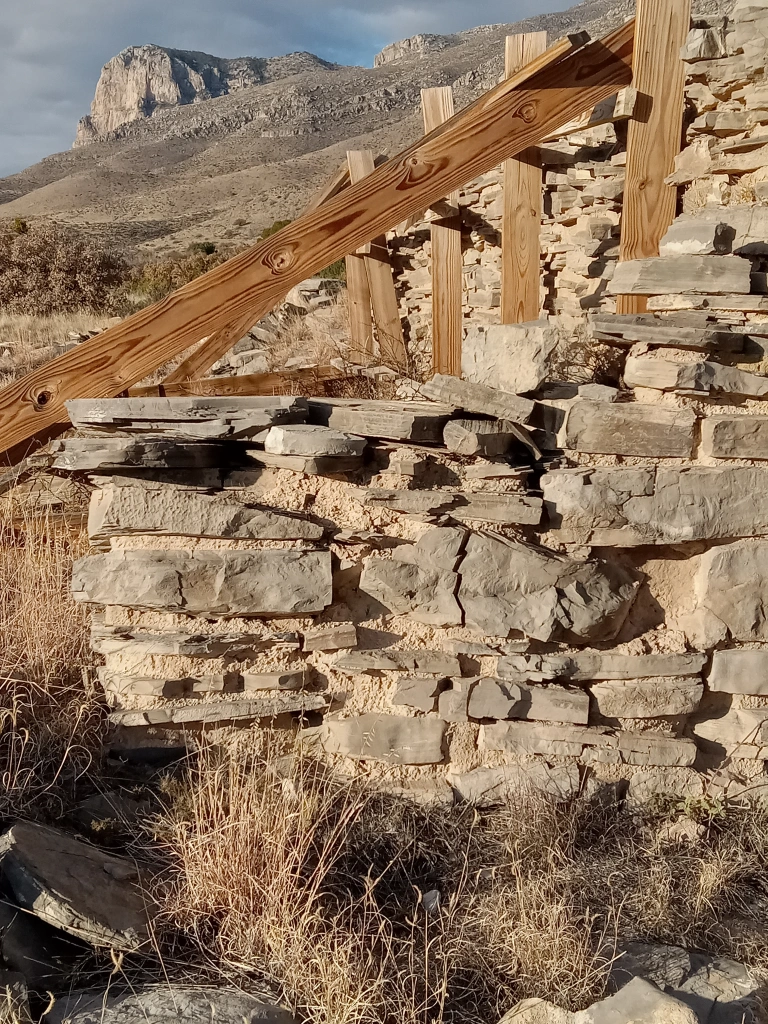
Today we take communication for granted. We carry cell-phones in our pockets to talk or write instantly to friends, family, and businesses world wide. Packages can be sent across the country in days. But the world of 150 years ago was incredibly different. As young men and women moved westward, a good-bye to a parent or sibling might be forever. People left behind might never learn the fate of those who had gone away.
Over the years, telegraphs replaced the pony express. Then telephones replaced telegraphs. Roads and rails were built and the vast wildernesses crossed. In the modern age of constant connection, I think it’s worth remembering the self-reliance and independence of those who forged ahead, tetherless, without a ‘lifeline’ to ask for help.









